So you see them all summer–those colorful insects with the gorgeous wings that flutter around your yard and garden. What do you know about these lovely creatures?
Here are 10 things that may surprise you.
 1. Butterflies taste with their feet! When they touch nectar, they automatically uncoil their long tongue. And speaking of their feet–Have you ever had a butterfly crawl on you? They have prickly feet that can cling to many surfaces, including your skin! Each foot has claws that allow it a strong grip. This lets them stay in place during windy days or when it’s raining.
1. Butterflies taste with their feet! When they touch nectar, they automatically uncoil their long tongue. And speaking of their feet–Have you ever had a butterfly crawl on you? They have prickly feet that can cling to many surfaces, including your skin! Each foot has claws that allow it a strong grip. This lets them stay in place during windy days or when it’s raining.
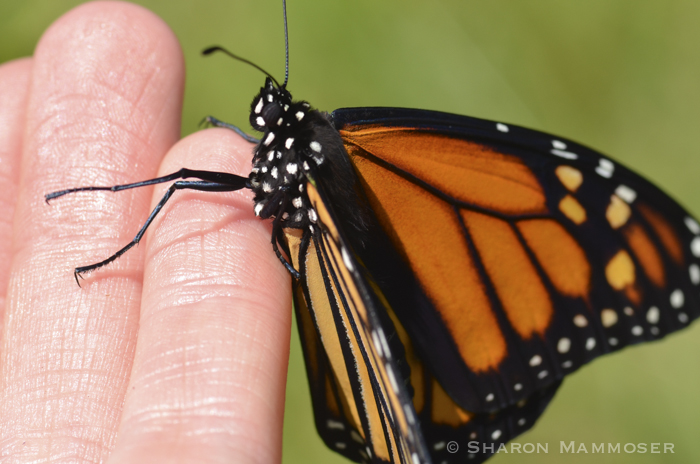
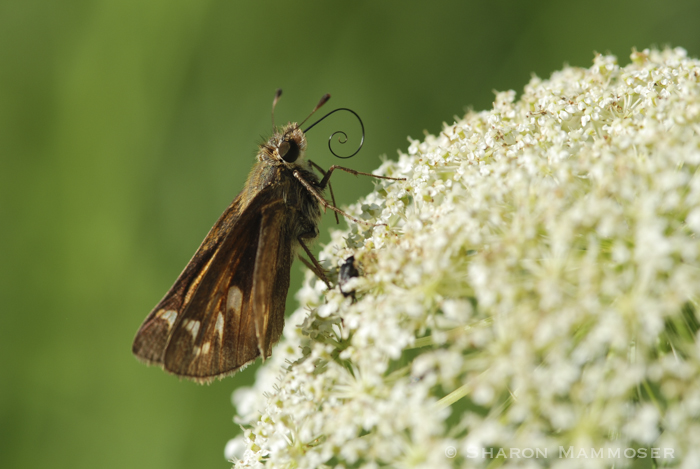
2. Their long tongue can coil in and out and is called a proboscis. Many people mispronounce this word! The c at the end is silent, so it is said like this: pro ba sis. (If you’d like, hear it here) They use their long proboscis to drink sweet nectar from flowers.
 3. When they emerge from their chrysalis (see that HERE!) their proboscis is in two pieces and must be zipped together! If they don’t accomplish this successfully, they will not be able to drink nectar and will die of starvation. If you watch one emerge, you will see butterfly winding and unwinding the proboscis as it does this.
3. When they emerge from their chrysalis (see that HERE!) their proboscis is in two pieces and must be zipped together! If they don’t accomplish this successfully, they will not be able to drink nectar and will die of starvation. If you watch one emerge, you will see butterfly winding and unwinding the proboscis as it does this.
 4. A butterfly’s wings are covered with thousands of tiny scales, which is why their Greek name is Lepidoptera. This means “scale-wing.” If you’ve ever touched a butterfly and had a powder on your fingers afterward, this is why. Some of the scales rubbed off onto your fingers! Butterflies lose scales all the time and will still be able to fly without all of their scales.(Hence, it is a myth that a butterfly will not be able to fly if you touch its wings.)
4. A butterfly’s wings are covered with thousands of tiny scales, which is why their Greek name is Lepidoptera. This means “scale-wing.” If you’ve ever touched a butterfly and had a powder on your fingers afterward, this is why. Some of the scales rubbed off onto your fingers! Butterflies lose scales all the time and will still be able to fly without all of their scales.(Hence, it is a myth that a butterfly will not be able to fly if you touch its wings.)
5. Lepidoptera consists of both butterflies AND moths. But there are MANY, MANY more moths! More than 90% of Lepidoptera are Moths!
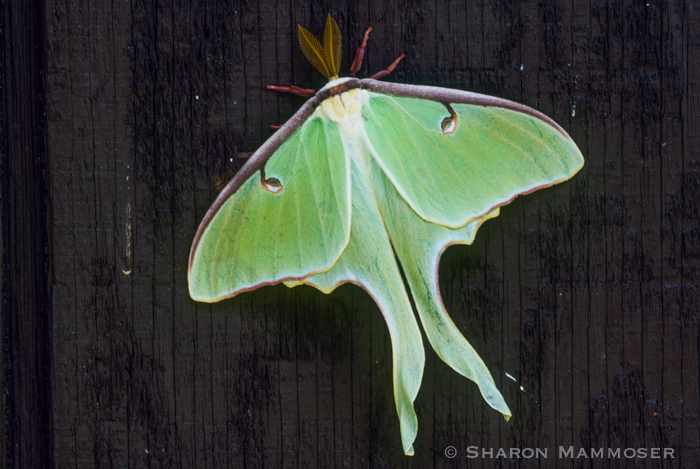
6. The first meal most butterflies eat is their egg shell. When they hatch out, they are tiny. They consume their egg before starting to feed on leaves. Some caterpillars are generalists, eating many kinds of leaves and some, like the Monarch are very specific, eating only ONE kind of leaf. This is one of the reasons why the Monarchs are in such decline–it would be so much better if they weren’t so fussy!
7. A butterfly uses its antennae for touch and smell. Butterfly antennae have knobs or hooks (think of a crochet needle) at the ends unlike moth antennae, which are feathery or filamentous.
8. When a butterfly grows it is called molting and the stages between molts are called instars. Butterflies start their lives as eggs that become caterpillars. The caterpillars are EATING MACHINES. All they do is eat, molt and poop! For about two weeks until they are ready to molt for the last time into their chrysalis. A cocoon and a chrysalis are NOT the same thing! Butterflies make a chrysalis. They do this at their last molt. (Watch HERE!) Moths and other insects make a cocoon, which is a silky case spun by the insect larvae to protect them during the pupal stage. Regardless of whether they emerge from a chrysalis or cocoon, they will look different than when they went in. This is called metamorphosis.
9. When a butterfly comes out of its chrysalis, it is said to eclose. (See this HERE!)Its wings are all scrunched up and it must hang for a while before it can dry out and fly. Their first flight is a bit clumsy! but eventually they get the hang of it and flutter off.
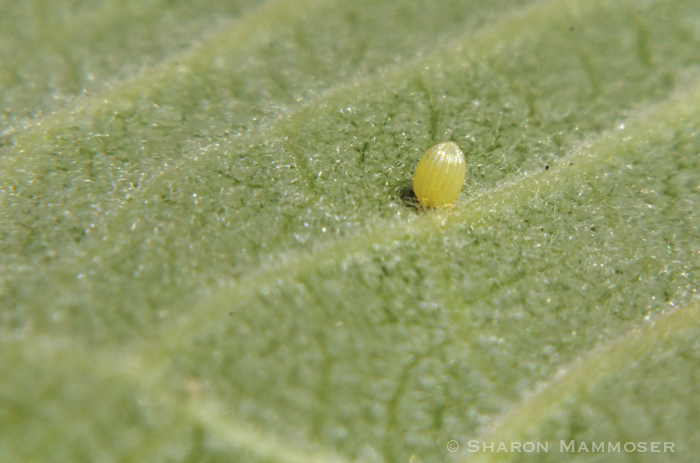
10. The females of most butterflies lay their eggs singly on a leaf. By doing this she is giving the larvae a chance to have the plant to themselves and not have to compete for leaves.
11. Butterflies can’t fly if the temperature is below 60 degrees F. Their body fluid –called hemolymph–under this temperate becomes too thick and won’t allow their flight muscles to work properly. This is why you’ll find them just hanging out on cool mornings, their wings sometimes covered in dew. The butterfly must wait for the sun to warm them up before flying is possible.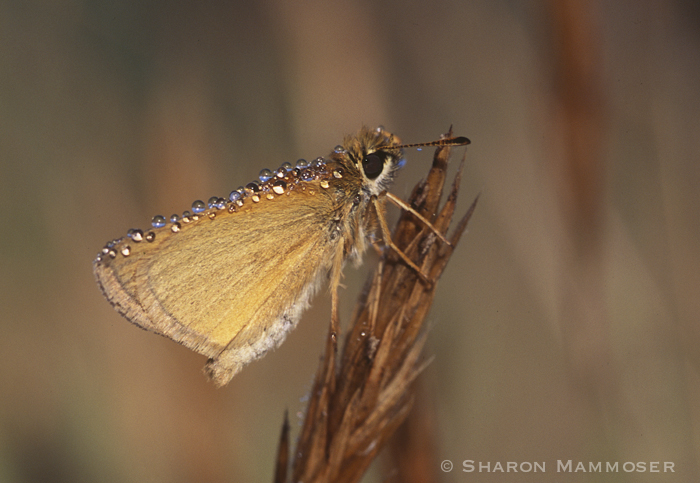
12. The poop of caterpillars (and other insects) is called Frass. Seeing Frass on a plant is a good hint that a caterpillar is nearby.
13. Butterflies have a short lifecycle, most living just 20-40 days. Of course there are exceptions, some living just a couple of days and then, Monarchs, who, if they emerge at the end of the summer from their chrysalis, will MIGRATE! East of the Rocky mountains they migrate to Mexico. West of the Rocky Mountains, they head to some places along the coast of California. (Read about Monarch migration HERE.)
 14. Butterflies can see ultraviolet light and are able to enjoy colors we don’t even see!
14. Butterflies can see ultraviolet light and are able to enjoy colors we don’t even see!
Yes, I know that was not 10! But sometimes it is hard to know which ones to pick so I’ve just included them all! Hope you learned something today.

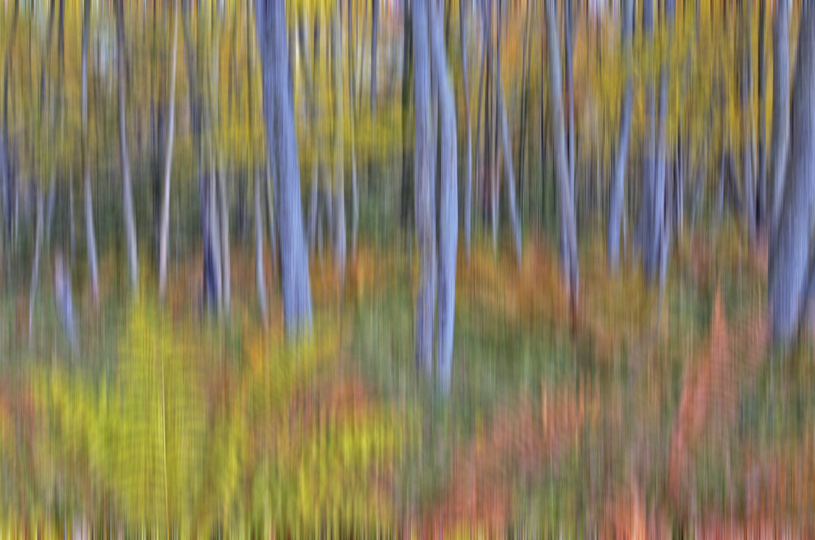

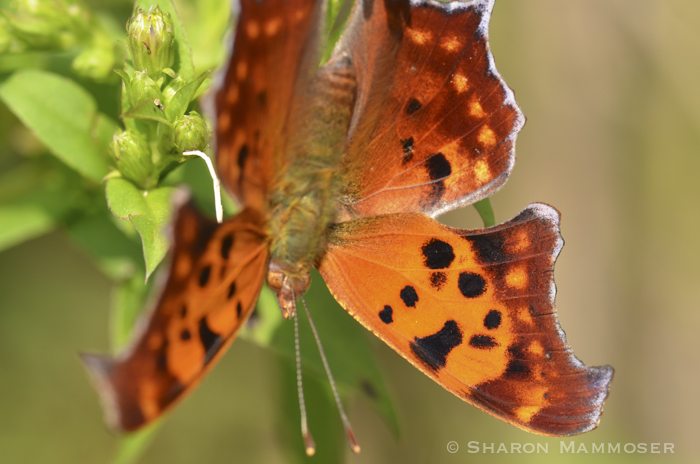
That was your best post ever….good job!
Wow, That is a big compliment! Thank you. I always appreciate when you take time to read and comment. What is it about it that makes it so great?